Health & fitness
How Health and Fitness Tracking Works
Wearable devices continuously collect data on physical activity, heart rate, sleep quality, and other health metrics using built-in sensors.
These devices are worn on the body and provide real-time data on physical activity levels, allowing users to monitor their progress and set fitness goals.
Health and fitness tracking applications analyze the collected data to provide users with actionable insights into their health and fitness levels.
Users can view their activity trends, set goals, track progress, and receive personalized recommendations for improving their overall well-being.
The system offers endless features, including:
Enables users to monitor their physical activity, nutrition, and overall health metrics.
Generates tailored workout routines and diet plans based on individual goals and preferences.
Provides real-time feedback, progress tracking, and goal setting to keep users motivated and accountable.
Analyzes data to identify trends, patterns, and areas for improvement in users’ health and fitness behaviors.
Helps users proactively manage their health by tracking vital signs, sleep patterns, and other health indicators.
Allows users to access health and fitness information anytime, anywhere, using mobile apps or wearable devices.
Three Key Components for Effortless Advancement
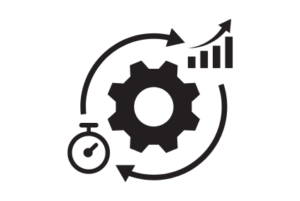
Efficient Equipment Management
RFID technology can be used to track and manage fitness equipment in gyms, health clubs, or rehabilitation centers. Each piece of equipment can be equipped with an RFID tag containing unique identification information.
Enhanced Personalized Experiences
RFID technology enables personalized experiences for individuals participating in health and fitness programs. Wearable devices such as wristbands or smart garments embedded with RFID tags can track users’ activities, movements, and biometric data in real-time.


Improved Safety and Emergency Response
RFID technology enhances safety and emergency response capabilities in health and fitness facilities. RFID tags worn by users or attached to their personal belongings can provide critical information such as medical history, emergency contacts, and allergy information.
It takes 3 step to automate the problems
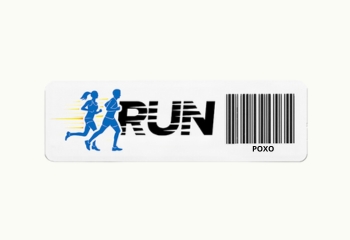
Step 1
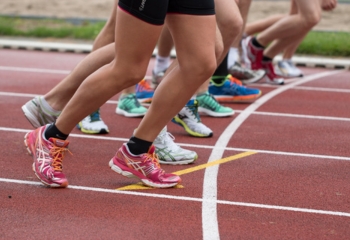
Step 2

Step 3
Case Studies
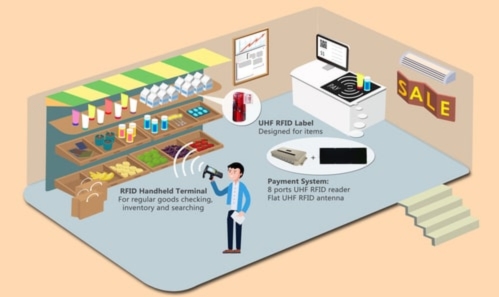
Retail Shop
Increase inventory accuracy, boost process efficiencies and reduce out-of-stocks with item-level tagging. Poxo(Poxo RFID Automation) for retailers can provide full inventory visibility from warehouse to individual retail outlets. In addition, stock taking which typically require a few days can be done within minutes with mobile RFID devices.

Warehouse
Improve efficiency and accuracy throughout your entire warehouse operation with RFID Fixed Gantry for automated inventory update. Streamline receiving, put-away, picking and shipping operations with greatly simplified tracking process by taking only a fraction of the time it would otherwise have taken to count and monitor the items manually with Poxo(Poxo RFID Automation).
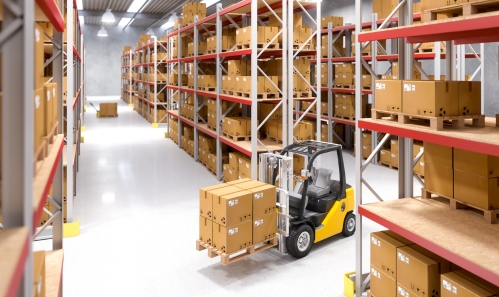
Racking & Forklifts
Automatically verifying pallet identification and rack/door location to avoid mis-shipments or erroneous placements, Poxo(Poxo RFID Automation) for forklift’s customization can provide pinpoint load location, assign dynamic routing, monitor load time, reduce empty moves, and improve the overall productivity and utilization of your forklift fleet.
